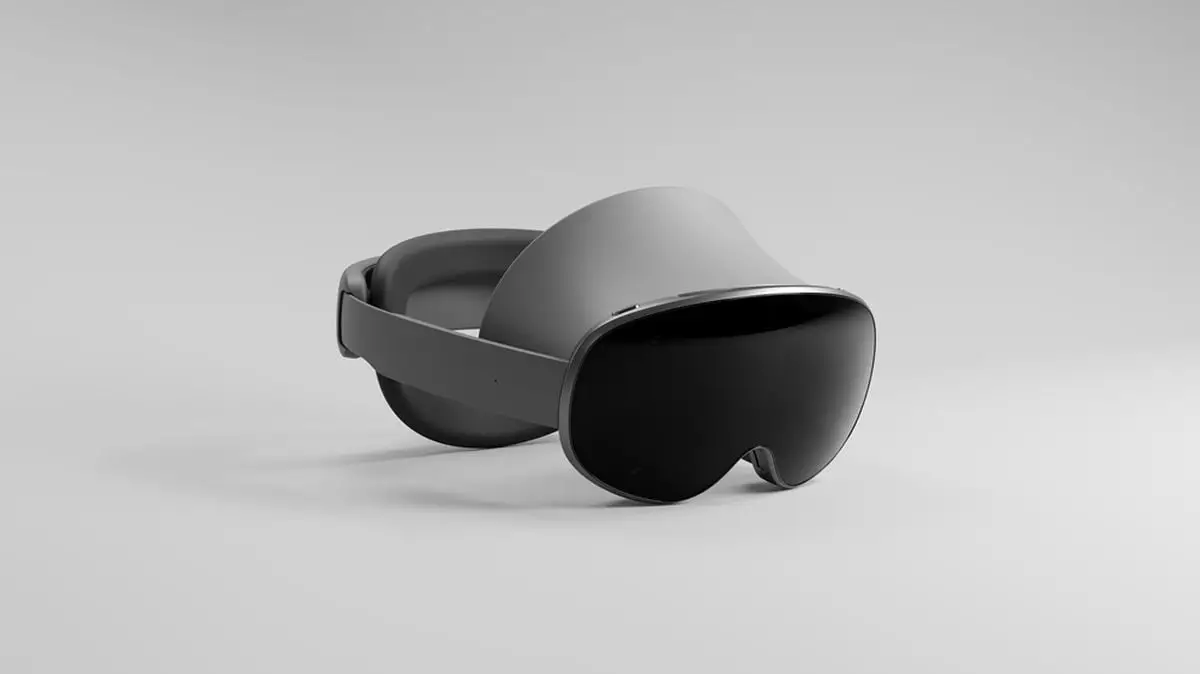As the tech world gears up for the anticipated Galaxy Unpacked 2025 event, Samsung is set to make a bold statement with the unveiling of its first-ever extended reality (XR) headset, codenamed Project Moohan. This ambitious initiative not only signifies Samsung’s commitment to innovation but also highlights its strategic move to carve out a niche in the competitive XR market, where it will face formidable rivals like the Apple Vision Pro. Initially revealed in December 2024, Project Moohan is positioned as a next-generation headset aimed at reshaping how users interact with digital content across augmented reality (AR), virtual reality (VR), and mixed reality (MR) platforms.
While details surrounding Project Moohan remain somewhat elusive, Samsung has dropped hints about several intriguing features. The headset promises to leverage multimodal input, allowing users to engage with the device in various ways, enhancing interactivity and user experience. Moreover, the integration of state-of-the-art displays is expected to elevate visual fidelity, a crucial element in the effectiveness of XR technologies. One notable feature gaining traction is the passthrough capability, enabling users to blend their physical environment with virtual elements—a functionality that competitors have already explored with their devices.
In an attractive development for potential users, Samsung’s Project Moohan will reportedly be the first headset to operate on the newly minted Android XR. This operating system was collaboratively designed with Google and Qualcomm, promising a robust platform tailored specifically for XR experiences. With Android XR backing the headset, the possibilities for app development and user engagement seem expansive, tapping into capabilities like support for Google’s Gemini AI assistant, thereby facilitating seamless interaction within the XR realm.
However, it is essential to contextualize Samsung’s entry into the XR market amid current industry trends. Recent data from Counterpoint Research indicates a troubling slowdown in the XR headset market, with a reported decline of 4% in global VR headset shipments in Q3 2024. In the AR sector, the situation is even graver, with shipments dropping over 30% year-on-year. Against this backdrop, any new product introduction, including Project Moohan, faces inherent risks and challenges in gaining traction among consumers.
Notably, while the market anticipates a slight rebound with a projected 2% growth in the upcoming periods, the path for Samsung’s XR headset will demand more than just innovative features. The company must adeptly navigate consumer preferences and pricing strategies while ensuring that Project Moohan offers a compelling reason for users to choose it over existing products.
As Samsung prepares to reveal Project Moohan to the public, all eyes will be on how effectively the company can redefine its identity in the XR landscape. The launch will likely serve as a litmus test for not just the device’s technical specifications, but also for Samsung’s vision of the future of digital interaction. If successful, Project Moohan could not only bolster Samsung’s portfolio but also play a pivotal role in stimulating growth within the wider XR market. This venture into wearables might just be the beginning of a new era for Samsung—a bold step into what could be a transformative technology for consumers and industries alike.


Leave a Reply